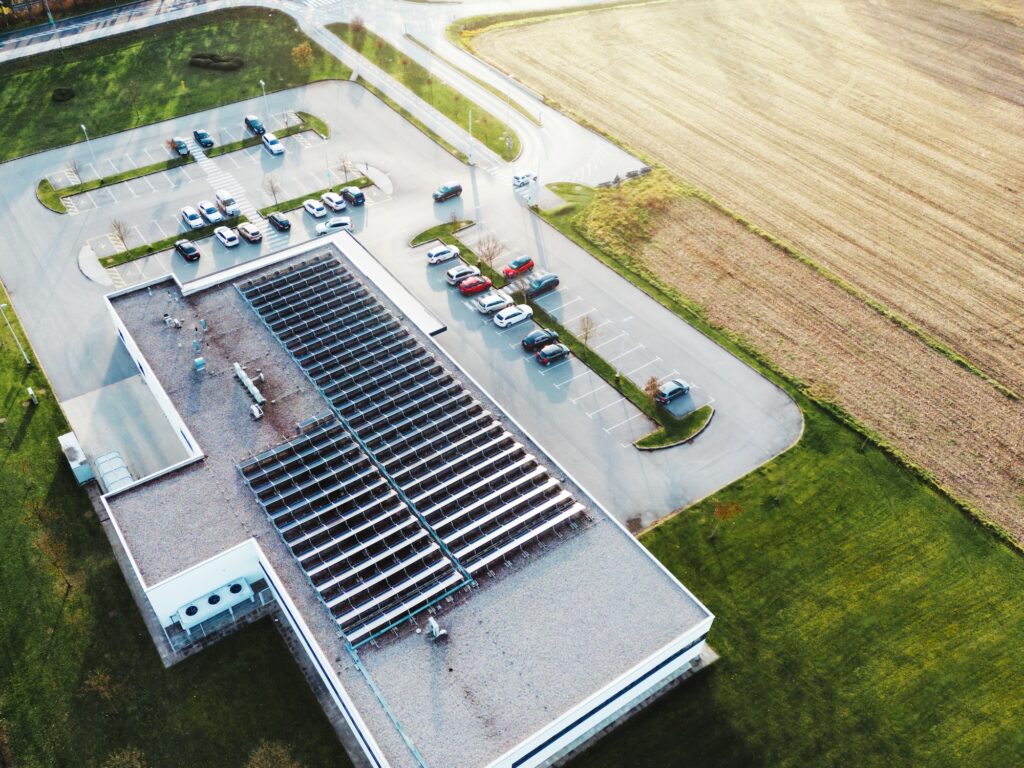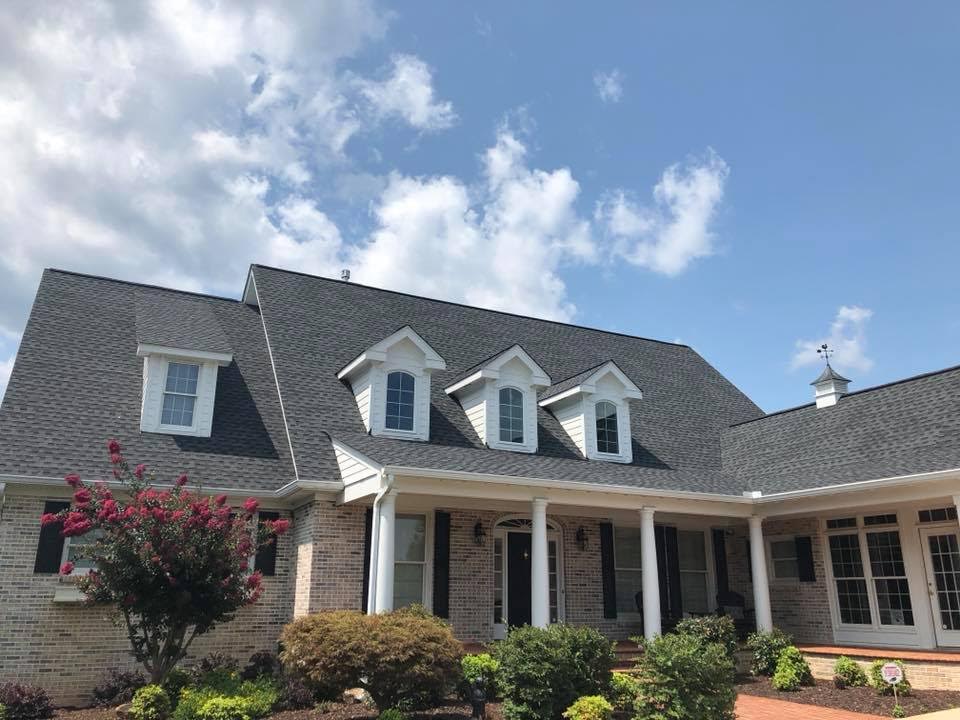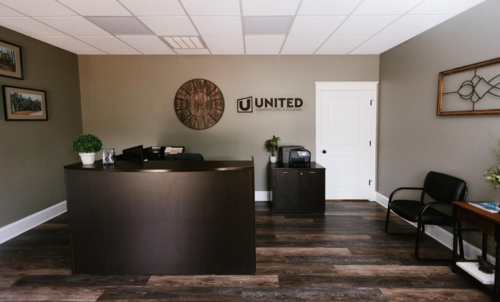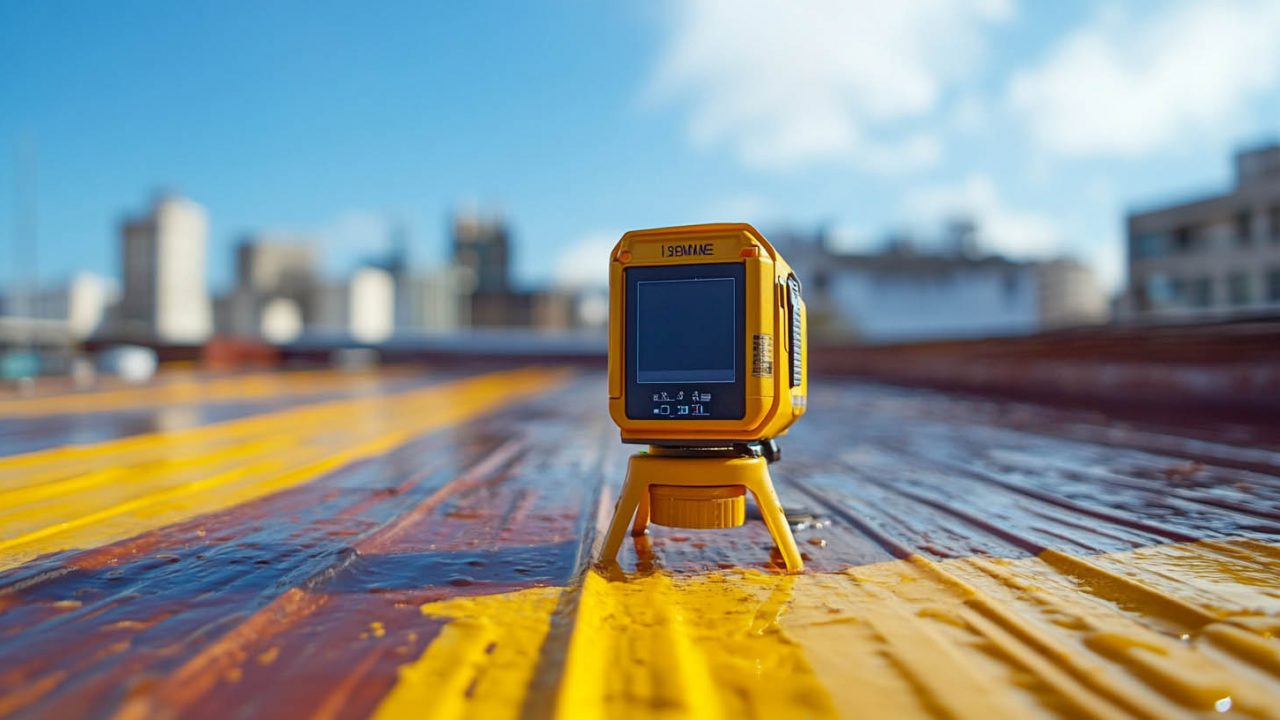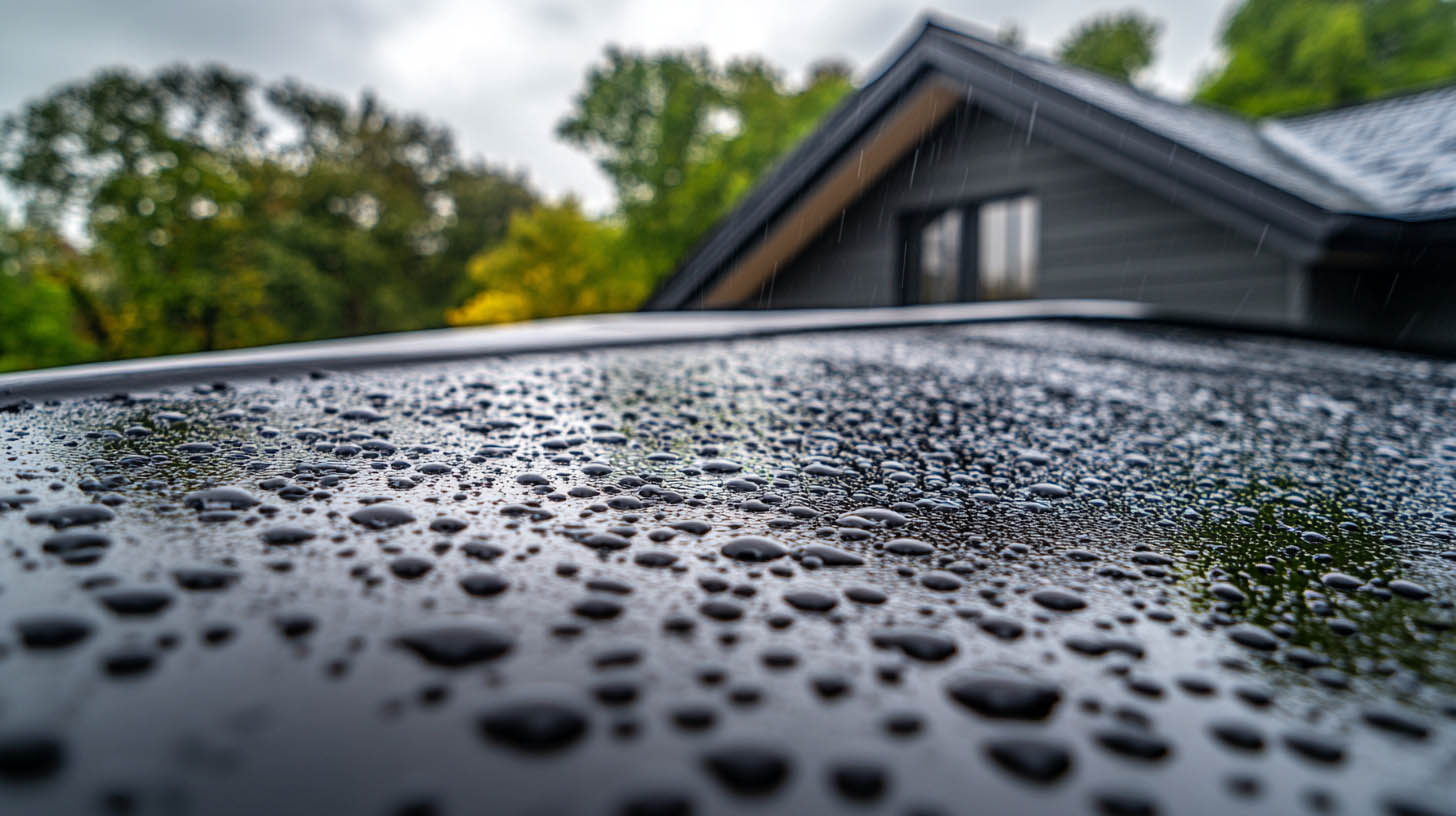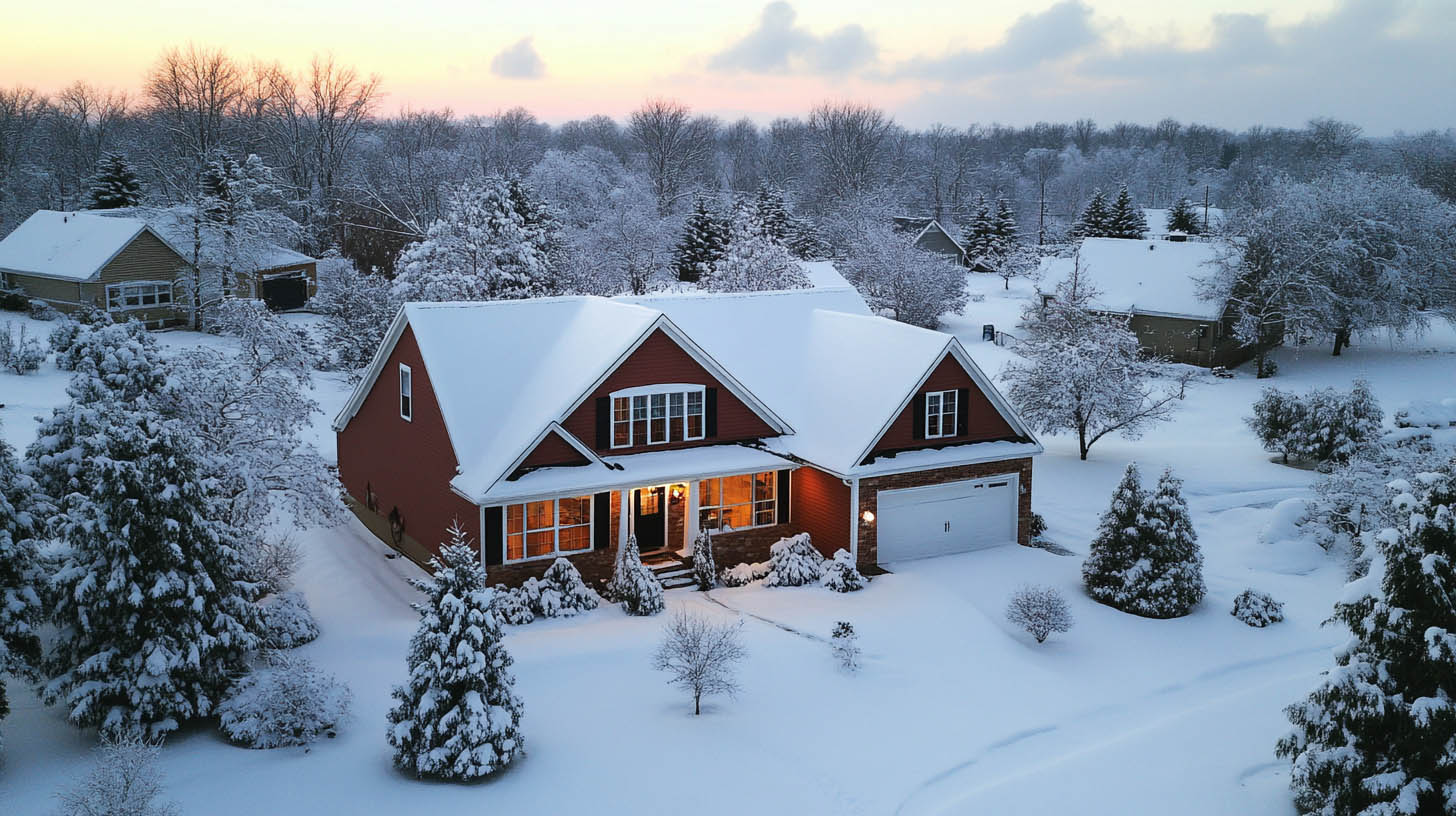Thermal moisture scans are invaluable tools for detecting hidden issues beneath the surface of commercial roofs. United Contracting & Roofing LLC in Greenville, SC, offers state-of-the-art thermal moisture scanning services to help maintain the integrity and longevity of your roof.
What is a Thermal Moisture Scan?
Understanding Thermal Scans
A thermal moisture scan uses infrared technology to detect temperature variations on a roof’s surface. These variations can indicate the presence of moisture trapped within the roofing materials, which is often not visible to the naked eye.
- Infrared Technology: Detects heat radiation emitted by the roof.
- Temperature Variations: Highlights areas with potential moisture issues.
- Non-Invasive: Provides a detailed assessment without damaging the roof.
How It Works
Thermal cameras capture images that show the heat distribution across the roof. Areas with trapped moisture appear warmer because wet materials retain heat longer than dry ones. These thermal images help pinpoint problem areas that need further inspection or repair.
- Image Capture: Uses infrared cameras to take thermal images.
- Heat Detection: Identifies warmer areas indicative of moisture.
- Detailed Analysis: Provides visual evidence of potential issues.
Benefits of Thermal Moisture Scans
Early Detection of Issues
Thermal scans can identify moisture intrusion before it becomes apparent through leaks or visible damage, allowing for timely intervention.
- Proactive Maintenance: Detects issues early, preventing extensive damage.
- Cost Savings: Reduces the need for expensive repairs by addressing problems early.
- Longevity: Extends the life of the roof by maintaining its integrity.
Enhanced Accuracy
Thermal scans provide a detailed and accurate assessment of the roof’s condition, ensuring that any issues are precisely located and addressed.
- Precision: Accurately identifies problem areas.
- Comprehensive: Covers the entire roof surface for thorough inspection.
- Reliable Data: Provides reliable information for decision-making.
Non-Invasive Inspection
Thermal moisture scans are non-invasive and do not require any physical alteration to the roof, preserving its current condition while allowing for detailed analysis.
- No Damage: Inspects the roof without causing any damage.
- Quick Process: Efficiently scans the entire roof surface.
- Safe Method: Reduces the risk of further damage during inspection.
Ideal Candidates for Thermal Moisture Scans
Older Roofs
Roofs nearing the end of their lifespan can benefit from thermal scans to identify any hidden moisture issues that could compromise their integrity.
- Aging Structures: Inspects roofs that are more prone to issues due to age.
- Preventative Maintenance: Helps plan maintenance and repairs before significant problems arise.
- Extends Lifespan: Aids in prolonging the life of older roofs.
Signs of Water Damage
If you notice signs of water damage such as sagging areas, stains, or standing water, a thermal scan can help identify the extent and source of the moisture intrusion.
- Visible Indicators: Uses thermal scans to investigate visible signs of damage.
- Problem Areas: Targets specific areas with known issues for detailed analysis.
- Accurate Diagnosis: Confirms the presence and extent of moisture damage.
Pre-Purchase Inspections
Conducting a thermal moisture scan before purchasing a commercial property provides valuable insights into the roof’s condition, helping buyers make informed decisions.
- Due Diligence: Ensures the roof is in good condition before purchase.
- Risk Mitigation: Identifies potential issues that could affect the property’s value.
- Investment Protection: Protects against unforeseen repair costs post-purchase.
When to Conduct a Thermal Moisture Scan
Optimal Weather Conditions
Thermal scans are most effective under certain weather conditions. The best time to conduct a scan is when the weather is clear and the temperature is above 50 degrees Fahrenheit. The scans are typically performed in the late afternoon or early evening to take advantage of the temperature changes.
- Clear Skies: Ensures accurate readings without interference from rain or clouds.
- Warm Temperatures: Higher temperatures enhance the visibility of moisture in thermal images.
- End of Day: Optimal time for capturing thermal images as the roof cools.
Avoiding Wet Conditions
Avoid conducting thermal scans immediately after rain, as a wet roof surface can affect the accuracy of the readings. Ensure the roof is dry for at least a day or two before the scan.
- Dry Surface: Provides clear and accurate thermal images.
- No Ponding Water: Ensures water on the surface does not skew results.
- Accurate Results: Achieves precise detection of moisture within the roof.
Process of Thermal Moisture Scanning
Initial Assessment
A professional roofer conducts an initial visual inspection to identify areas that may require further investigation with a thermal scan.
- Visual Inspection: Identifies visible signs of damage or potential issues.
- Planning: Determines the best areas to focus the thermal scan.
- Preparation: Prepares the site for an accurate and efficient scan.
Thermal Imaging
The thermal scan is performed using handheld devices or drones equipped with thermal cameras. The images captured reveal temperature variations and potential moisture spots.
- Thermal Cameras: Uses specialized equipment for capturing thermal images.
- Drones: Employs drones for efficient scanning of large roof areas.
- Data Collection: Gathers comprehensive data on the roof’s condition.
Analysis and Reporting
The captured thermal images are analyzed to identify areas with potential moisture issues. A detailed report is then provided, highlighting the findings and recommended actions.
- Image Analysis: Interprets thermal images to locate problem areas.
- Detailed Report: Provides a comprehensive report of the findings.
- Recommendations: Offers suggestions for addressing identified issues.
Conclusion
Thermal moisture scans are essential for maintaining the health and longevity of commercial roofs. By detecting hidden moisture issues early, these scans allow for timely repairs and prevent extensive damage. United Contracting & Roofing LLC offers expert thermal scanning services to ensure your roof remains in top condition.For more information on the importance of timely commercial roof repairs and replacements, click here.

